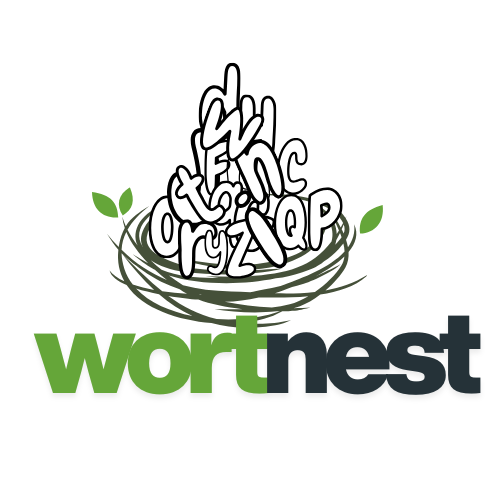Blockchain technology is a vital element of cryptocurrencies, without it digital currencies would not exist. Blockchain technology provides translucence in the field of banking financial services and insurance. According to a claim by Harvard Business Review, blockchain will do to banks what the internet did to media.
It enhances the secrecy of transactions and creates proper evidence of all transactions in detailed mode. These transactions get decentralized without a central record keeping. These operations are accessible for everyone to see and access.
Although it provides facilities like transparency, various financial solutions, instant settlement, better financial products, reduced counter party risk, there are few challenges associated with implementing blockchain technology within the financial services industry. An expense of installment, accomplishment, and maintenance
The commencement cost of implementing a blockchain system is very high. It demands large input of the software and hardware necessary for its initial launching. Compact investors and banking companies may not meet such costs considering their financial status. Maintenance charge is also high.
Regulatory and governance
There is a lack of regulatory clarity like the legal standing of documents, Liability ownership (of smart contract failure etc.) Decision making is left to market dynamics. This creates the risk of network and infrastructure failure and broader financial system instability.
Privacy and security
Chains of transactions are visible to all and could be traced. There is a lack of robust anti-fraud, know your customer (KYC) and Anti-money laundering (AML) tools in blockchain.
Parallel and systematic risk
There is less trust in the blockchain ecosystem. This increases the possibility of the counter party and systemic risks. There is also a counter party risk in smart contracts that have external obligations. The transaction cannot be modified or cancelled. This creates challenges on how mistakes can be reversed.
Settlement risk
Settlement finality is a legal requirement. However, public blockchain cannot guarantee settlement finality. An alternative solution such as watermarked token or side chain do not conform to the commercial and regulatory requirements to definite settlement finality either.
Computer Literacy Requirements
The blockchain system requires a high level of computer literacy. As such, sans computer understanding, one cannot make a proper recording in the system. The computing language of this system is complicated and difficult for ordinary people.
Period of Blockchain
The operations of the system are cryptic. There is no sureness that the transactions recorded in the system will last for a long time. If the duration of such records is uncertain, it makes the system ineffective in the financial sector.
The necessity of Computers and Power
Blockchain implementation requires the use of computers. As such, problems affecting computers such as processing power and viruses affect the system. Since computers need power, the dependence on power makes the systems unreliable in case of power outage.
Conclusion
The primary challenge associated with blockchain is the dearth of awareness of the technology. Capgemini talks about a Santander report which estimates that blockchain has the potential of saving banks US$15-20 billion in infrastructural costs.








